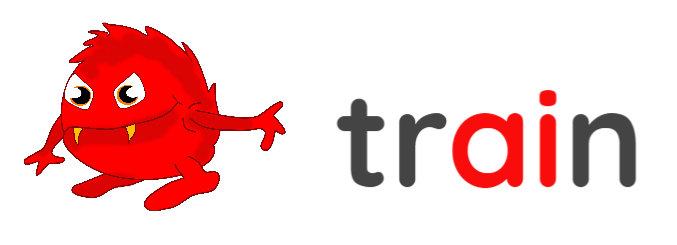I am lucky to work in a school that has really emerged itself with the Monster Phonics scheme. Parents can see the progress made with a scheme which is so heavily focused on context but they often ask how it works and so I will try to answer some of the most common questions I get from parents.
How do the monsters work?
The monsters add context. That is what is key with this programme. Rather than just saying for example that ‘ai’ makes the ‘a’ sound we are able to add a back story.
Angry A is responsible for all the ‘a’ sounds and he will turn them red. So in words like train we see the ai sound and Angry A will change the ai red so we know it’s an Angry A sound.

Why are the monsters so important, is it the colour?
Much like I have said above, both the colour and the monster are important because both add context and engage the learner. Children learn about the monsters back stories, where they live what they do in the magical land of Monster Phonics. It’s a hook that is hard to not be mesmerised by even as the adult in the room. Suddenly learning to read isn’t just being told a selection of letters make a sound without no rhyme or reason, instead the children are taken into this fantasy land where their favourite monsters take responsibility for how words are read. Reading words suddenly becomes engaging, imaginative and most importantly colourful.
Imagine pronouncing the following word:

As a teacher I would look at that and see various ways I could decode the word but I could not certain as it’s unfamiliar to me. The sounds could be pronouced in different ways.
But if I were to add colour…

I now read that word with ease as I know red is Angry ‘a’ green is Green Froggy ‘e’ and yellow is Yellow ‘i’
After some practise with the colours I start to see the Monster without the colour thus being able to read more fluently.
Should I colour code everything they read?
My recommendation would be using Monster Phonics books as they are already colour coded and then when reading non-colour coded books, simply ask your child to identify where the colours should be. If they have the sentence ‘It is May’ ask them to find Angry A, they will still apply colour and context visually without colour being on the page.
I don’t know as much as my child knows about the Monsters so how can I help with reading at home?
Learn with them! Find out about the monsters. Let your child be the teacher! Ask your school for support and I’m sure they will be happy to help!